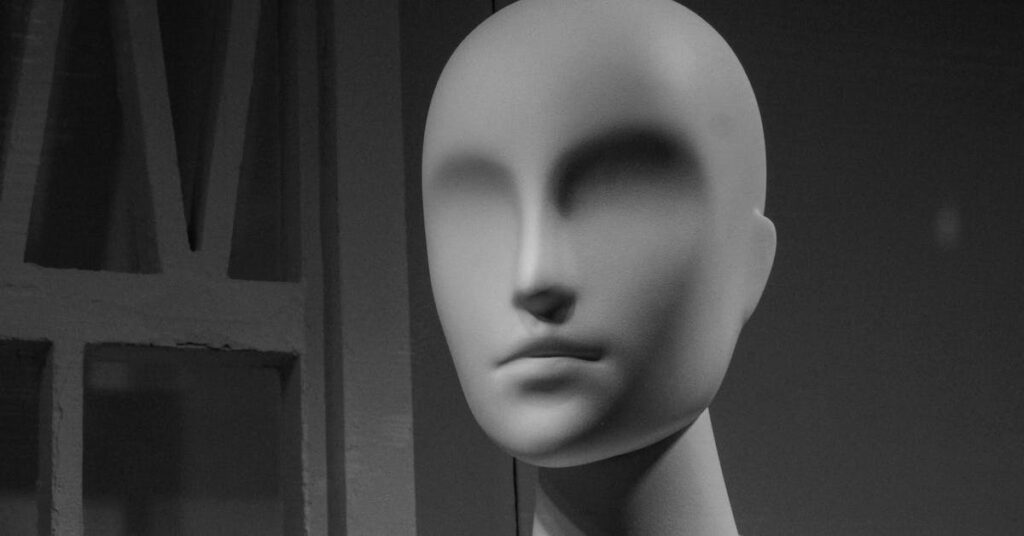Mannequin heads are indispensable tools for hairstylists, wig makers, makeup artists, and fashion designers. Whether you’re practicing hairstyles, cutting wigs, or perfecting makeup looks, the right mannequin head can make all the difference. For beginners, selecting the perfect one might seem overwhelming due to the wide range of options available. This guide will walk you through everything you need to know about choosing the right mannequin head to meet your specific needs.
Why You Need a Mannequin Head
Before diving into the specifics of choosing a mannequin head, it’s essential to understand its purpose. A mannequin head, also called a cosmetology or training head, mimics the shape and size of a human head, allowing you to practice various techniques. It provides a stable base to refine your skills in cutting, coloring, and styling hair or creating makeup looks.
Types of Mannequin Heads
There are several types of mannequin heads available on the market, each designed for different purposes. The type you choose will depend on your area of interest and what skills you’re looking to develop.
1. Styrofoam Mannequin Head
A Styrofoam mannequin head is a lightweight, affordable option ideal for wig-making and displaying wigs or hats. However, it’s not suitable for heat styling or cutting as it lacks durability and hair.
2. Canvas Mannequin Head
A canvas mannequin head is a popular choice for wig makers. Made with a sturdy fabric exterior and filled with cotton, it offers excellent durability for pinning wigs in place while you style or sew.
3. Synthetic Hair Mannequin Head
Mannequin heads with synthetic hair are widely used for practicing hairstyles. Although synthetic hair doesn’t respond to heat or coloring as human hair does, these heads are perfect for practicing braiding, updos, and other no-heat styling techniques.
4. Human Hair Mannequin Head
For a more realistic experience, a mannequin head with human hair is the best choice. These heads allow you to cut, color, and style using heat tools just as you would with a real person. Human hair mannequin heads are pricier but worth the investment if you’re serious about improving your hairdressing skills.
5. Bald Mannequin Head
Ideal for makeup artists, bald mannequin heads provide a smooth surface to practice applying makeup. Some heads are designed to replicate the texture of human skin, making them great for experimenting with foundation application, contouring, and even practicing lash application.
Key Factors to Consider When Choosing a Mannequin Head
Now that you know the different types of mannequin heads available, let’s explore the key factors to consider when making your purchase.
1. Purpose
The most crucial factor to consider is what you’ll be using the mannequin head for. Are you learning how to style wigs, or are you focusing on makeup artistry? If you’re just starting and plan to practice various techniques, you might consider investing in multiple types to meet all your needs.
2. Hair Type
If your goal is to practice hairstyling or cutting, pay close attention to the hair type on the mannequin head. Human hair mannequin heads offer the most versatility, allowing you to style with heat, cut, and even dye the hair. Synthetic hair, on the other hand, is more affordable but limited in terms of what you can do with it.
Human Hair:
- Can be cut, styled with heat, and colored
- Mimics real hair texture
- Higher cost
Synthetic Hair:
- Suitable for basic styling and braiding
- Cannot be styled with heat or colored
- More affordable
3. Hair Length
Mannequin heads come in various hair lengths, and the right one for you depends on what styles or techniques you want to practice. Shorter hair is ideal for cutting practice, while longer hair allows for more intricate updos and braids.
Short Hair:
- Best for practicing cutting and shaping
- Easier to maintain and manage
Long Hair:
- Great for braiding, curling, and updos
- Requires more maintenance
4. Head Size
Head size might not seem like a major factor, but it’s important if you’re practicing wig-making. Ensure the mannequin head is proportional to average human head sizes, typically around 20-24 inches in circumference, to ensure your wig fits well when transferring it to a real person.
5. Base Stability
Stability is key when working with a mannequin head. Some heads come with a base, while others require you to purchase a clamp or stand separately. A stable base or a secure clamp ensures the head stays in place while you work, making your practice smoother and more efficient.
Top Mannequin Head Brands for Beginners
If you’re new to the world of mannequin heads, you might be wondering which brands offer the best quality for your budget. Here are a few reputable brands that beginners can rely on for quality and affordability:
1. Hairing
Hairing is known for its high-quality human hair mannequin heads that are perfect for beginners and professionals alike. Their heads are durable, and the hair has a natural texture, making it ideal for cutting, styling, and coloring.
2. Beauty Star
Beauty Star mannequin heads come in a variety of hair lengths and types, offering affordable synthetic hair options for beginners. They’re great for practicing basic styling techniques like braids and updos.
3. Diane
Diane offers a range of mannequin heads, including those with human and synthetic hair. Their products are widely used in cosmetology schools, making them a trusted brand for beginners.
4. GEX
For those interested in wig-making, GEX canvas mannequin heads are the go-to choice. Known for their durability and accurate head sizing, GEX heads are a solid investment for those serious about crafting wigs.
How to Care for Your Mannequin Head
Maintaining your mannequin head will ensure it lasts a long time and remains a useful tool in your training. Here are some tips on how to care for it:
- Wash the hair regularly: If you’re working with a human hair mannequin head, treat it like real hair. Use a gentle shampoo and conditioner to keep the hair soft and manageable.
- Avoid heat on synthetic hair: Heat can damage synthetic hair, so avoid using curling irons, flat irons, or blow dryers on synthetic-haired mannequin heads.
- Store properly: When not in use, store your mannequin head in a dry, cool place, and avoid leaving it in direct sunlight to prevent damage to both the hair and the base.
- Clean the face: If you’re using the mannequin for makeup, gently clean the face after each session with makeup remover to avoid buildup and staining.
Conclusion:
Selecting the right mannequin head is crucial for developing your skills, whether you’re practicing hairdressing, wig-making, or makeup application. For hairstyling, a mannequin with human hair is ideal for realistic practice. For those focusing on makeup, a bald mannequin head will allow you to practice precision techniques. Understanding the different types of mannequin heads and considering factors like hair type, length, and stability will help you make an informed choice.







